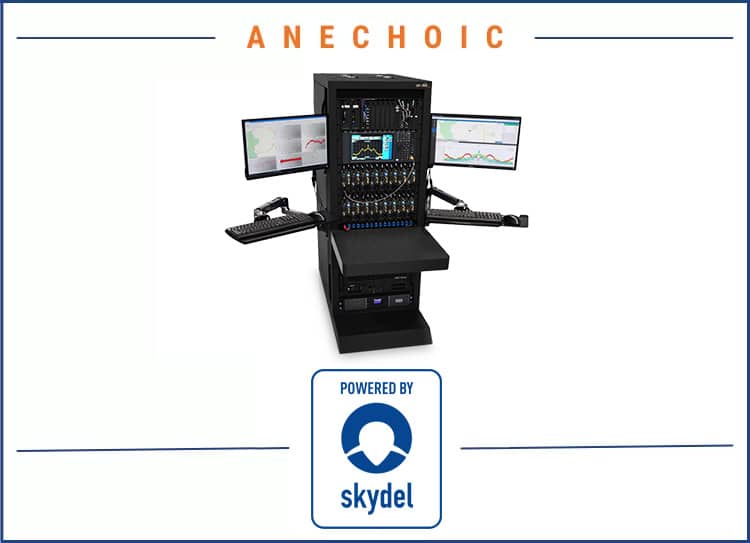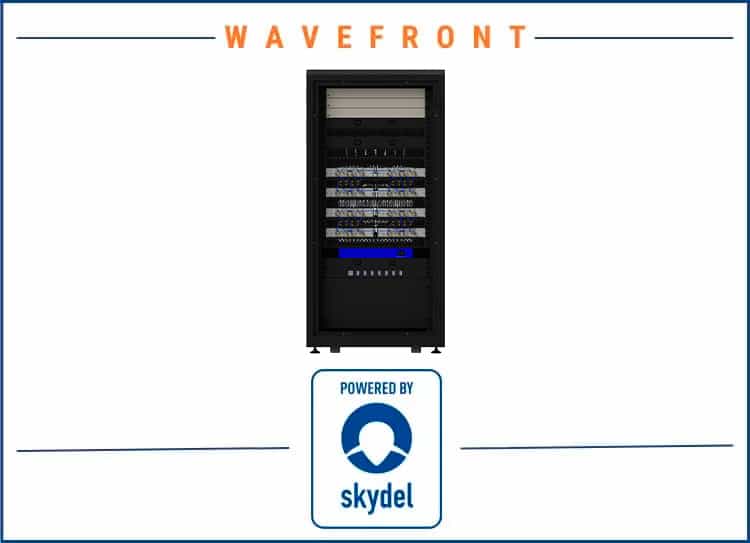GNSS Simulators
Safran’s GPSGlobal Positioning System is a navigation satellite system. See also / GNSSGlobal navigation satellite system (GNSS): A general term describing any satellite constellation that provides positioning, navigation, and timing (PNT) services on a global or regional basis. See also satellite simulators are easy to use, scenario-based instruments that combine a powerful, feature-rich platform with industry-leading value and affordability for any requirement for GPS testing.
Advanced GNSS / GPS simulators enable you to generate the same RF signals broadcast by real satellites, ensuring accurate testing and guaranteed performance of your GPS/GNSS signal receiver devices and other systems. If you rely on global navigation satellite signals, simulation testing is critical.
With turn-key hardware solutions, software-based flexibility, and multiple constellations supported, Safran’s family of products can meet your simulation and testing needs in any scenario.
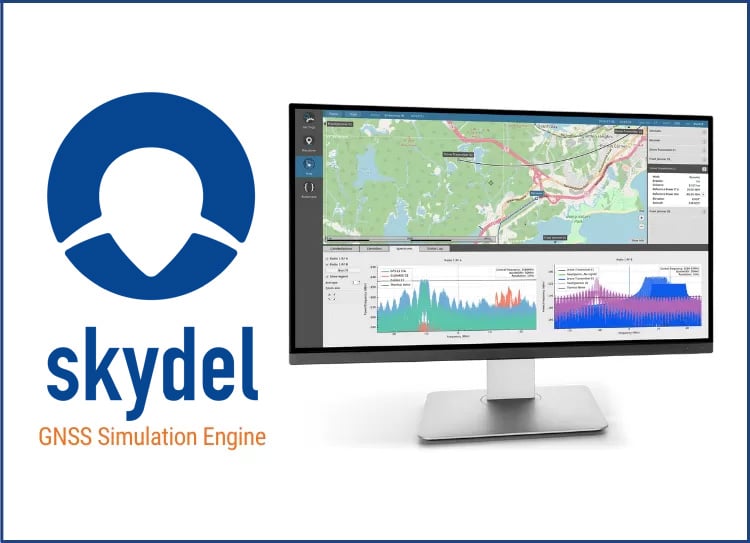
Skydel
Advanced GNSS Simulation
Skydel is the world’s leading software-based simulation platform, ready to work wherever you are. From home offices to research labs to automotive manufacturing to defense, Skydel is ready to meet your simulation and testing needs with turn-key hardware solutions or, an industry first, a BYOH (Bring-Your-Own-Hardware) option. Experience realistic testing scenarios for a fraction of the cost.
VIDEO (2 MIN) | DATASHEET | WATCH DEMO
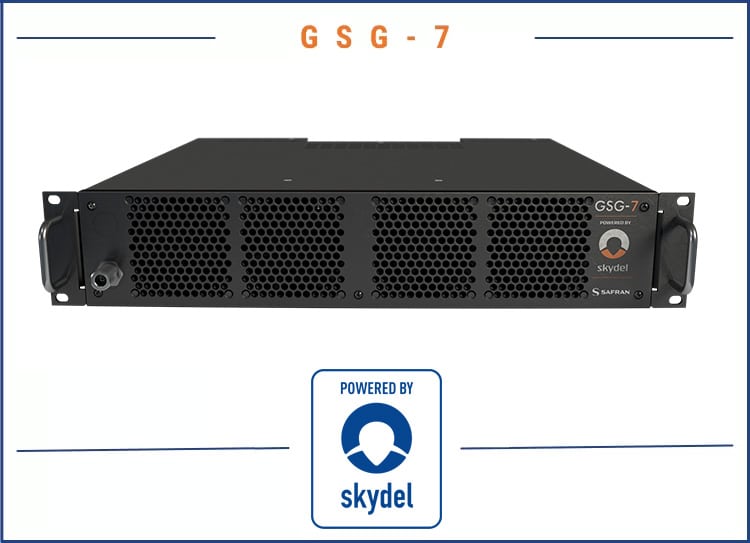
GSG-7
Advanced GNSS and GPS Simulator
The newest positioning, navigation, and timing test solution offered through Safran’s family of Skydel-based simulators delivers the highest standard of Global Navigation Satellite System (GNSS) signal testing in an easy-to-use, turnkey, small form factor. This advanced GNSS simulator enables you to generate the same RF signals as real satellites, allowing you to test your GPS / GNSS receiver device in any scenario.
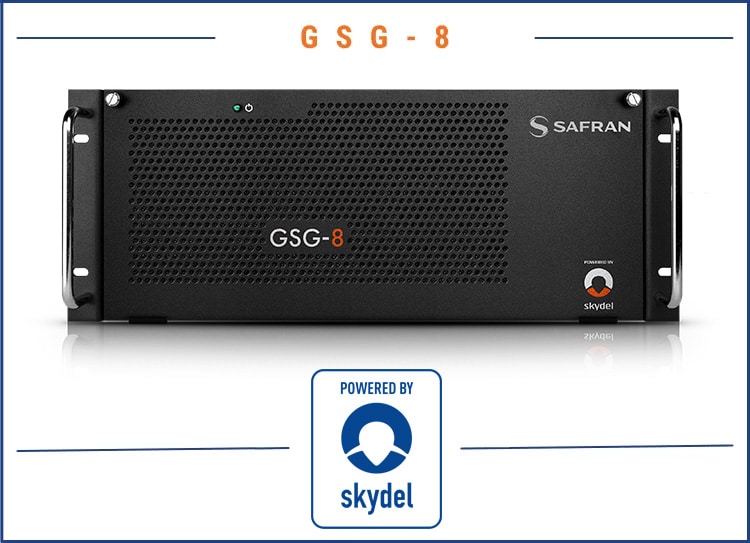
GSG-8
Advanced GNSS and GPS Simulation, Made Easy
The Most Advanced Software-powered Turnkey Simulation supporting multi-constellation, multi-frequency, and hundreds of signals with a 1000 Hz iteration rate. Ideal for space trajectories, custom PNTPosition, Navigation, and Timing: PNT and map data combine to create the GPS service. signals, hardware-in-the-loop, and more.
VIDEO (2 MIN) | VIDEO DEMO | DATASHEET (PDF)
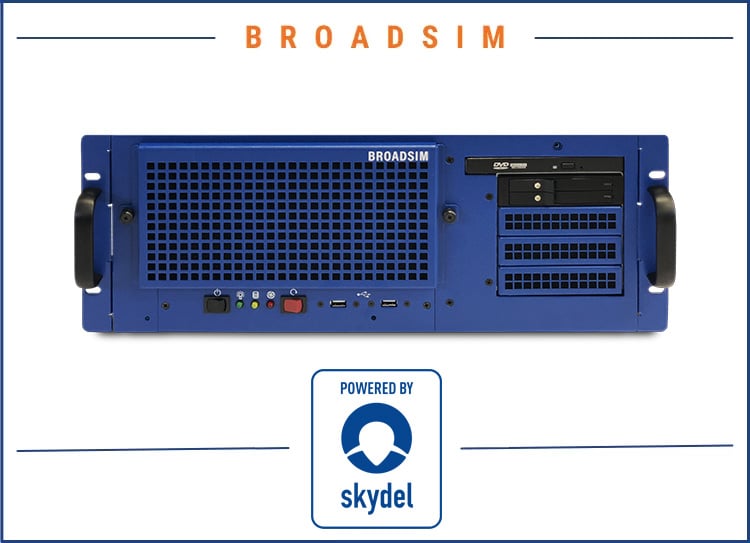
BroadSim
Encrypted Codes & Advanced Threats
The Most Advanced Software-powered Turnkey GNSS Simulation supporting multi-constellation, multi-frequency, and hundreds of signals with a 1000 Hz iteration rate. Ideal for space trajectories, custom PNT signals, hardware-in-the-loop, and more.
DEMO: GENERATING THREATS (9 MIN) | DATASHEET
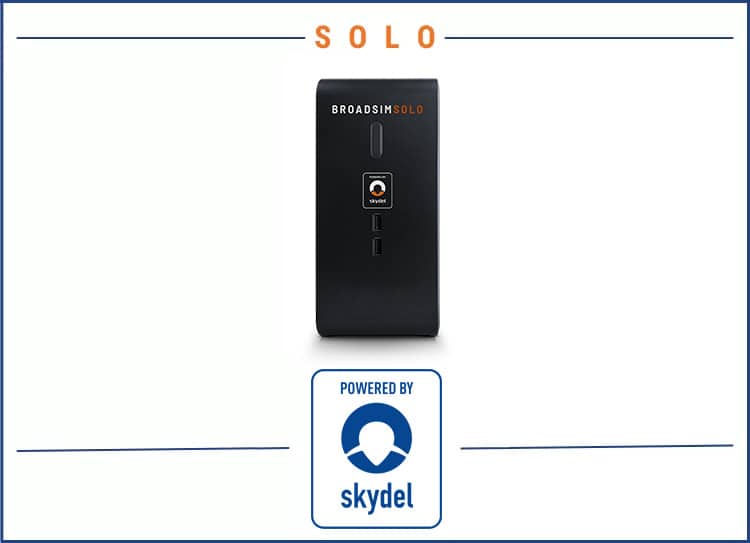
BroadSim Solo
Compact and Innovative
Powered by Safran’s Skydel GNSS simulator engine, BroadSim Solo shares the same software-defined benefits are the rest of the BroadSim family such as the ability to simulate multiple constellations including AES M-Code, an intuitive user interface, high-dynamics, innovative features and ultra-low latency in a compact form.
PRESS RELEASE | DATASHEET | GET A DEMO
Essential GNSS Simulation
Our GPS/GNSS satellite simulators are easy to use, scenario-based instruments that combine a powerful, feature-rich platform with industry-leading value and affordability for any requirement for GPS testing.
A GNSS Signal Generator is a device that is able to create simulated satellite signals and generate real RF signals by first producing I/Q data and calculating the orbits of satellites at a user-defined time, location and trajectory. Our simulators generate the same RF signals that are broadcast by navigation satellites to test any device or system with a GPS receiver.
Several different configurations are available but all are upgradeable to add capability as your needs for GPS testing grows.
Need more information? Contact us today.

